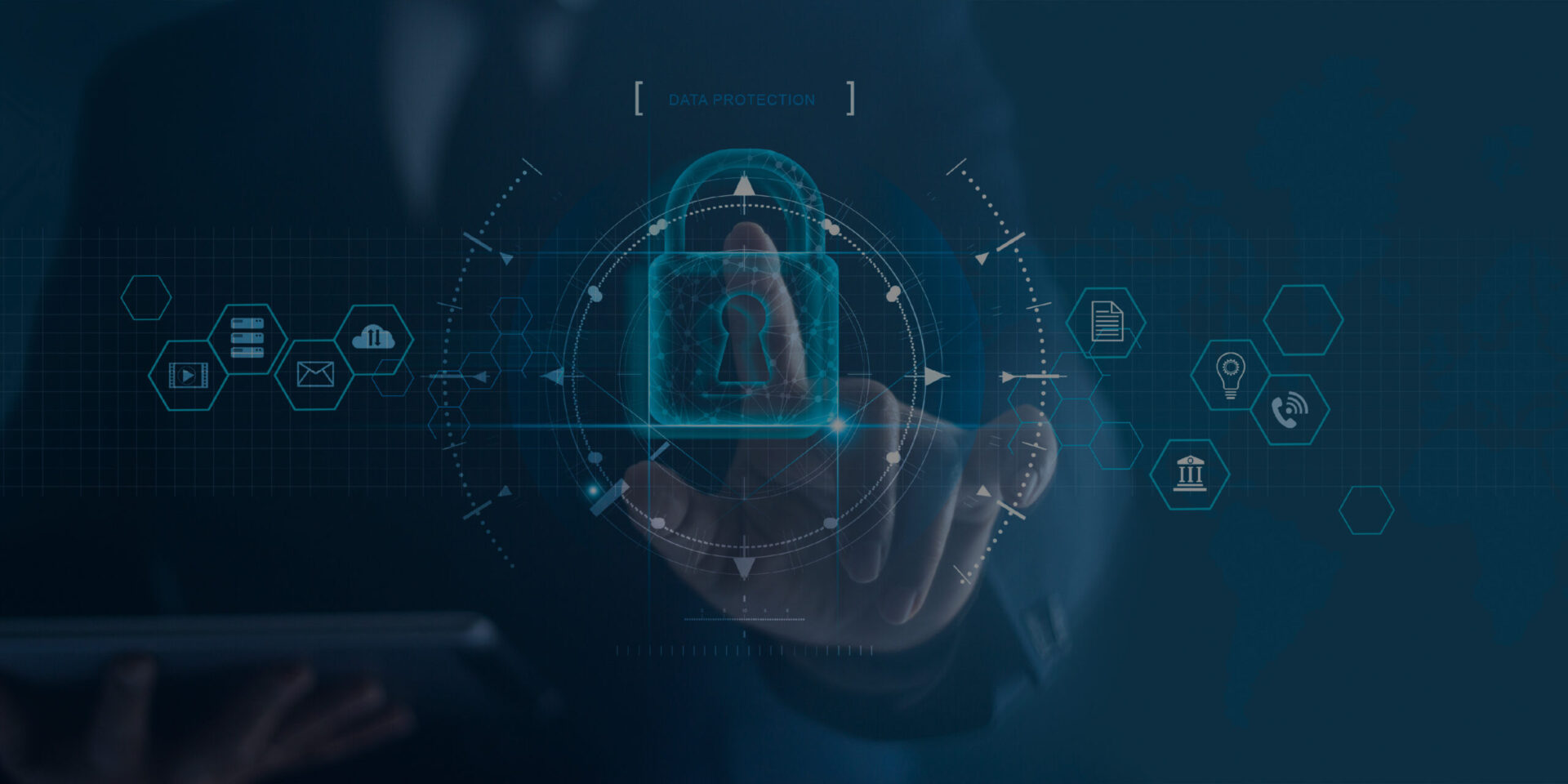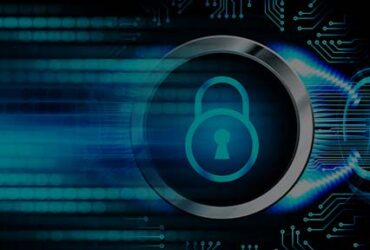There has been a massive increase in the number of cybercrimes around the world in the last few years. Financial losses due to cyber criminals have nearly hit a whopping $1 trillion in 2020 alone. This has put organizations around the world on a high alert, and company leaders have been forced to set out new standards and regulations that protect data. Information Security Management is a collection of policies and guidelines, defined by ISO/IEC 27000, to protect its data assets. The ISO/IEC 27000 is an International Standard for Information Security Management that provides the base instructions for effectively setting up an Information Security Management System for any organization across all sectors.
There can be various security controls depending on the need in an enterprise. It can be preventive to fight against possible attacks that may happen in the future. It can be detective, to gauge any possible threat or unusual activity. It can also be corrective and can be implemented after a cyberthreat or a hacking incident.
The guidelines direct organizations to keep three critical parameters in mind when protecting data: confidentiality, integrity & availability.
- Confidentiality: Ensures that all data assets are protected against unauthorized access and usage
- Integrity: Ensures that the data is accurate a protected against any unapproved changes that would result in the data being obsolete
- Availability: Ensures that all parties that need access to the assets are provided timely access to it.

Investing in a powerful Information Security Management system has a host of benefits. In this era of digital transformation where data is as valuable as currency, security certifications have become a norm for organizations. Enterprises need to trust the entities they do business with, and this is one of the easiest ways to instill trust. It will provide customers and other relevant stakeholders with certainty that their information is in good hands. This in turn increases trust and amplifies the organization’s brand value, and helps the business grow.
What are the different kinds of information assets that would require protection?
Intellectual Property: Any fort of business-critical information like backend details of past, present, and upcoming projects, any source code, or any information that gives enterprises a competitive advantage over other players in the market must be given the highest priority for protection.
Past & Existing Product Information: Any crucial data regarding products and services must be protected. This is especially critical for products that are digital in nature
Employee & Customer Data: Companies often collect a horde of information from their employees for documentation like bank details, addresses, past employer information, and remuneration details. Additionally, some organizations collect customer data for the purpose of their business. Both these kinds of data are considered absolutely confidential and must fall under the umbrella of protected data
Strategic Goals: Organizations often define long-term and short-term tactical goals to set a path for their future. This information is pivotal to set a roadmap for the success of the company and hence may be valuable information for their competitors and must be protected.
Netlabs Global provides comprehensive Information Security Management services for organizations of any size and in any sector. Talk to us today to get a free quote.





